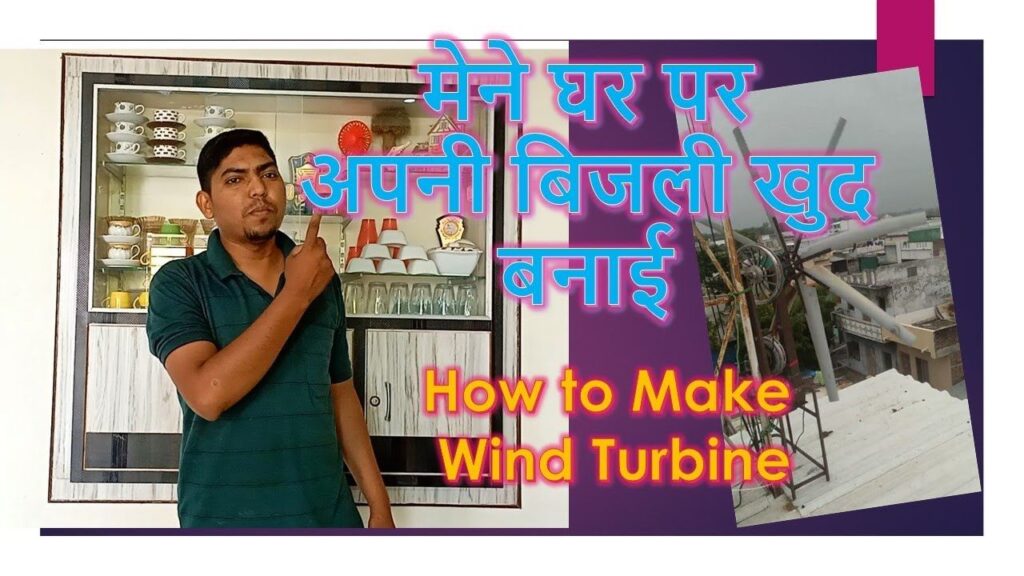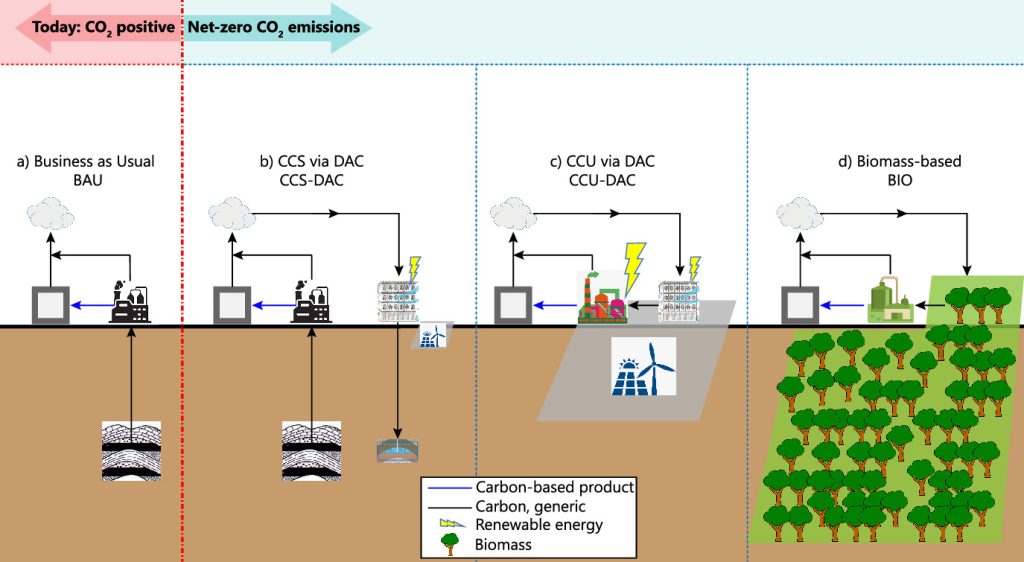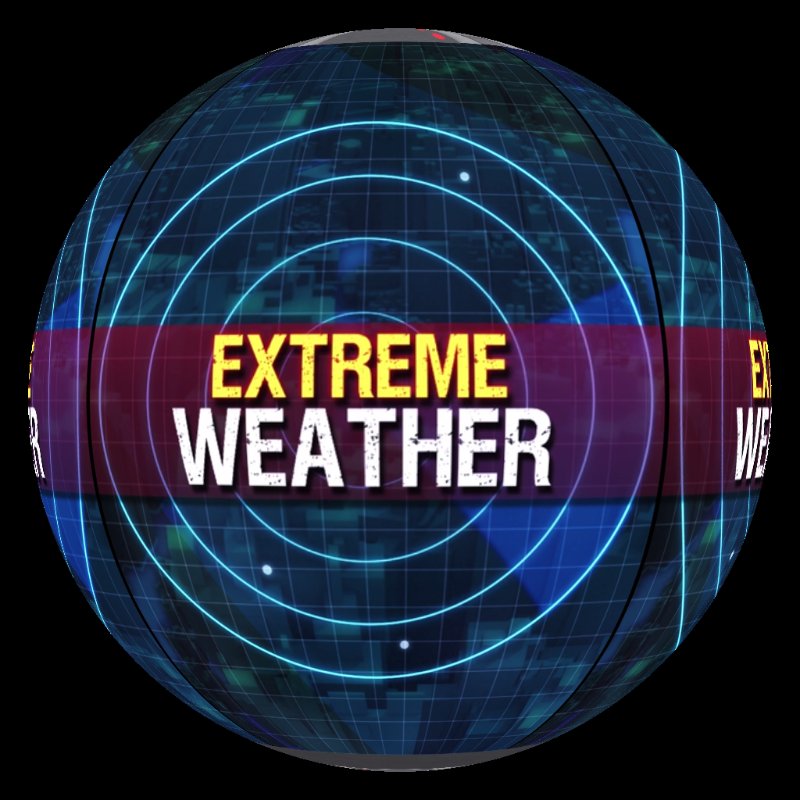In today’s world, embracing sustainable energy solutions is not just a trend but a necessity. As concerns regarding fossil fuel dependency escalate, harnessing wind energy at home has become an appealing option for many eco-conscious individuals. This guide aims to provide comprehensive information on generating your own wind power, transforming gusts into green energy.
Before embarking on the wind energy journey, it is crucial to comprehend the mechanics of wind energy generation and what is required to set up your own home wind turbine. This endeavor can significantly reduce energy bills and minimize your carbon footprint.
To successfully harness wind energy, one must evaluate several fundamental aspects:
Assessing Wind Potential
To generate wind power efficiently, it is vital to determine the wind resources available in your location. Understanding the average wind speed and frequency of windy days is essential. Typically, a location with average wind speeds of at least 9 miles per hour is ideal for wind turbine installation. You can utilize resources such as local weather stations and wind maps to gather this vital data.
Additionally, you may consider using a handheld anemometer to measure wind speed on your property. Recording this data over time aids in determining the suitability of your environment for wind energy production.
Local Regulations and Zoning Laws
Prior to proceeding with your wind energy project, familiarizing yourself with local regulations and zoning laws is imperative. Different regions have distinct ordinances regarding the installation of wind turbines. Contact your local council or zoning office to understand any necessary permits, installation guidelines, or restrictions.
There may also be restrictions on the height of wind turbines, and it is crucial to ensure that your setup will not cause disturbances or safety concerns for neighbors. Abiding by these regulations helps in progressing with your project smoothly.
Choosing the Right Wind Turbine
Once you have assessed your wind potential and understood local regulations, the next step is selecting a compatible wind turbine. These machines come in various sizes and capacities. Factors such as the anticipated power requirements, available space, and local wind conditions will influence your choice.
Small wind turbines designed for residential use typically range from 400 watts to 10 kW in capacity. A 5 kW turbine, for instance, can supply enough energy for an average household. Common types of wind turbines include horizontal-axis and vertical-axis designs. While horizontal-axis turbines feature rotor blades positioned perpendicular to the ground, vertical-axis turbines can capture wind from any direction, making them a versatile option for turbulent environments.
The cost of wind turbines varies widely, so consider your budget while ensuring the quality and efficiency of your selection. Moreover, investing in a renewable energy consultant or engineer may assist in making an informed decision.
Installation Process
After choosing the appropriate wind turbine, it’s time to tackle the installation process. This phase often requires thorough planning and, in many cases, professional expertise.
Site Selection and Preparation
Identify the best location for your wind turbine on your property. This site should be adequately clear of obstructions such as trees, buildings, or hills that could disrupt the wind flow. A minimum distance of 1.5 times the turbine height from any obstruction is generally recommended.
Prepping the site may involve excavating the foundation area, pouring concrete for stability, and ensuring electrical connections are compliant with local codes. Depending on your chosen turbine type, establishing a solid and durable base is crucial for accommodating wind forces.
Mounting the Turbine
Turbine assembly will vary based on design, but it often involves erecting the tower and securing the rotor. Following the manufacturer’s instructions diligently is paramount, as improper assembly could lead to inefficiencies or even mechanical failure. If you lack experience, hiring professionals for this task can significantly mitigate risks.
Connection to Power Systems
Connecting your wind turbine to your home’s electrical system is an essential step. This usually involves wiring the turbine to an inverter that converts the produced direct current (DC) into alternating current (AC) usable by home appliances. Batteries can also be integrated into the system for energy storage, ensuring that electricity is available even during low wind periods.
Monitoring and Maintenance
After successful installation, monitoring performance becomes vital. Various tools can help track energy production levels and efficiency. Routine maintenance, such as inspecting mechanical components, monitoring wiring conditions, and checking blade integrity, is crucial to ensure long-term operation.
Wind turbines are designed to withstand harsh weather conditions, but regular maintenance prolongs their lifespan and guarantees optimal performance.
Conclusion
Creating your own wind energy at home is an opportunity to embrace sustainability and reduce dependence on conventional energy sources. With a comprehensive understanding of the wind potential in your area, compliance with regulations, proper selection and installation of wind turbines, and ongoing maintenance, the dream of harnessing wind energy can become a reality. By generating your own wind power, you not only contribute to the fight against climate change but also empower your household with renewable energy that pays dividends for years to come.



